It's About Time
Succession in Communities
What occurs following a natural disaster? High schoolers research this question and others as they investigate natural succession after a disaster. First, as they differentiate between primary and secondary succession, they explain...
Teach Engineering
Earthquakes Living Lab: Designing for Disaster
Build and design to rock and roll. Pairs research building design in earthquake areas and use computer simulations to see the effects of earthquakes on buildings,. They then sketch and explain a building design that would withstand...
California Academy of Science
Be Prepared for an Earthquake
Earthquakes can be frightening and dangerous, but being prepared can make a world of difference. Perform an earthquake simulation during which the class practices how to drop, cover, and hold on as you read a script...
NOAA
Your Own El Nino
Scholars make a model to discover how the force of trade winds over the Pacific Ocean creates an El Niño. Super scientists observe how the severe weather affects life in water and on land.
Realistic Preparedness
First Aid Kit
Here is the perfect resource to support learners in designing comprehensive first aid kits tailored to their unique location, budget, and needs. This is an excellent supplement to your instruction on emergency preparedness!
DiscoverE
Water Pollution Cleanup
How do scientists determine the best method for removing pollutants from our water sources? Environmental scholars experiment with pollution clean-up options to discover which are the most cost-effective, fastest, and most thorough....
Humanities Texas
A President's Vision: Franklin D. Roosevelt
This poster goes well beyond any traditional worksheet in allowing learners to analyze a variety of primary source documents related to the presidency of Franklin D. Roosevelt.
Teach Engineering
Protecting Our City with Levees
Teams use the design process to design, build, and test a model levee to protect the town from a wall of water. A handout provides a price list for the materials learners can use to build their levee within a budget.
Discovery Education
Hurricane Force
It's important to make sure houses can withstand winds. A hands-on activity has learners create a structure out of household materials. They use a fan to simulate hurricane-force winds to see if their structures can withstand the...
Teach Engineering
Earthquakes Living Lab: Finding Epicenters and Measuring Magnitudes
Pairs use an online simulation to determine the epicenter and magnitude of an earthquake. Using real data about the earthquake's maximum S wave amplitudes, they then determine the magnitude. The resource provides a great career...
DiscoverE
Safe Landing
Watch out below! Future engineers come up with methods to ensure that a ball in a cup stays in the cup even after dropped from a given height. It might be prudent to include some kind of shock absorber in the cup. Parachutes are a good...
Sean Banville
New Year's Day
Focus on a passage about the new year with your English language learners. You can start with reading the passage aloud to your class, and then launch into the related activities. Pupils match phrases, complete cloze-style activities,...
Royal Society of Chemistry
The Treatment of Oil Spills—Microscale Chemistry
When oil spills happen, how is the oil cleaned up? Pupils of polymer science discover an amazing substance that turns oil into a solid during a microscale experiment. Individuals observe oil or paraffin before and after addition of the...
Khan Academy
Khan Academy: Activity: Natural Disasters
Natural Disasters are typically the result of a variety of factors, which begs the question, are these natural disasters really natural, or are they a result of something man-made? This activity is designed to get you to think about the...
TeachEngineering
Teach Engineering: Mini Landslide
Students explore how different materials (sand, gravel, lava rock) with different water contents on different slopes result in landslides of different severity. They measure the severity by how far the landslide debris extends into model...
Teachers.net
Teachers.net Lesson: Natural Disaster Bloom's Taxonomy
Here is a lengthy activity for student to work on while learning about floods, hurricanes, tornadoes, and earthquakes. Students will enjoy researching these disasters and applying what they have learned to a project.
Read Works
Read Works: Preparing for a Disaster
[Free Registration/Login Required] An informational text about how to stay safe during different types of natural disasters. A question sheet is available to help students build skills in reading comprehension.
Natural History Museum
Natural History Museum: Volcanoes and Earthquakes
As an online exhibit from the Natural History Museum, this site provides three videos on natural processes of Earth. The videos cover tsunamis, earthquakes, and volcanoes.
TeachEngineering
Teach Engineering: Survive That Tsunami!
Students use a table-top-sized tsunami generator to observe the formation and devastation of a tsunami. They see how a tsunami moves across the ocean and what happens when it reaches the continental shelf. Students make villages of model...
TeachEngineering
Teach Engineering: Save Our City!
Students learn about various natural hazards and specific methods engineers use to prevent these hazards from becoming natural disasters. They study a hypothetical map of an area covered with natural hazards and decide where to place...
Read Works
Read Works: Animal Instinct
[Free Registration/Login Required] Students read about animals that seem to instinctively know when a natural disaster is about to happen. A question sheet is available to help students build skills in author's purpose.
TeachEngineering
Teach Engineering: Pump It!
Pumps are used to get drinking water to our houses every day! And in disaster situations, pumps are essential to keep flood water out. In this hands-on activity, student groups design, build, test and improve devices to pump water as if...
NOAA
Noaa: Ncdc: Hurricane Katrina Information [Pdf]
Lots of information about the causes of Hurricane Katrina from a meteorology point of view is shared, as well as the data from the Hurricane and the impact the Hurricane had on the cities and towns that were affected.
Read Works
Read Works: Starting Over
[Free Registration/Login Required] Students read about rebuilding after a disaster. A question sheet is available to help students build skills in comparing and contrasting.
Other popular searches
- Esl Natural Disasters
- Natural Disasters Worksheets
- Natural Disasters Reading
- Types of Natural Disasters
- Art Natural Disasters
- Science Natural Disasters
- Teaching Natural Disasters
- Math Natural Disasters
- Geography Natural Disasters
- Natural Disasters Poster
- Natural Disasters History
- Natural Disasters Data



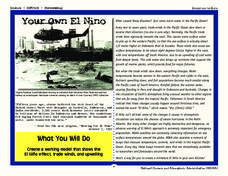




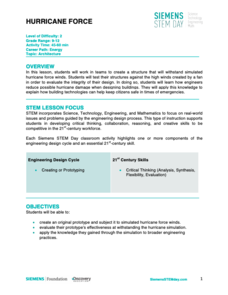

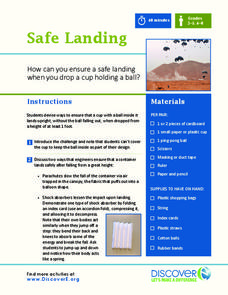

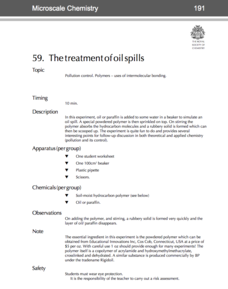

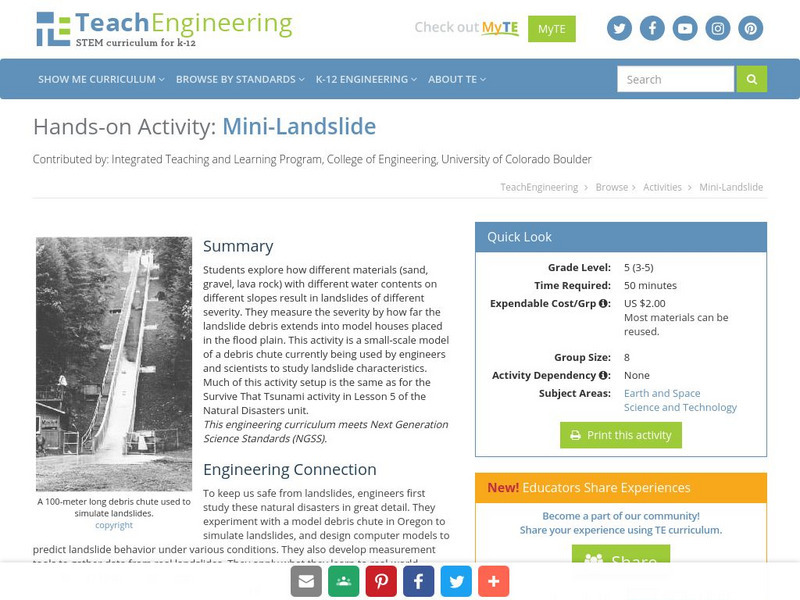




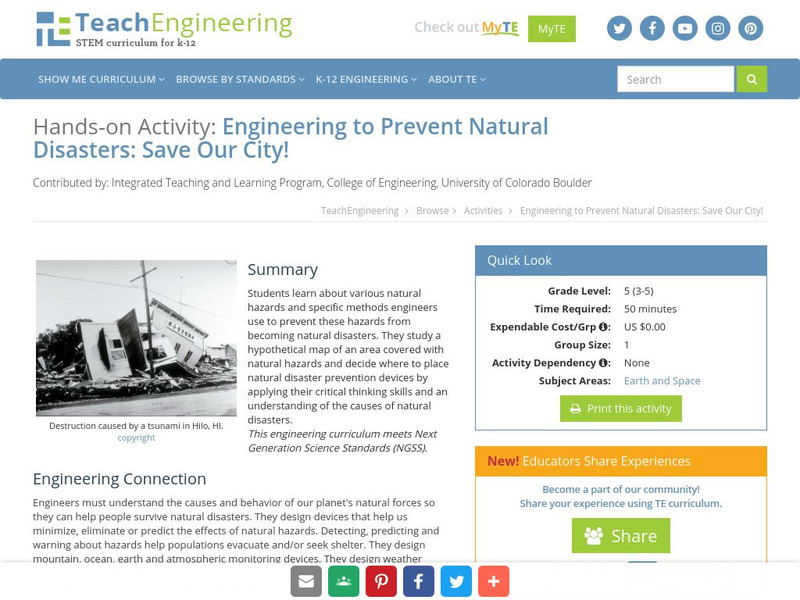
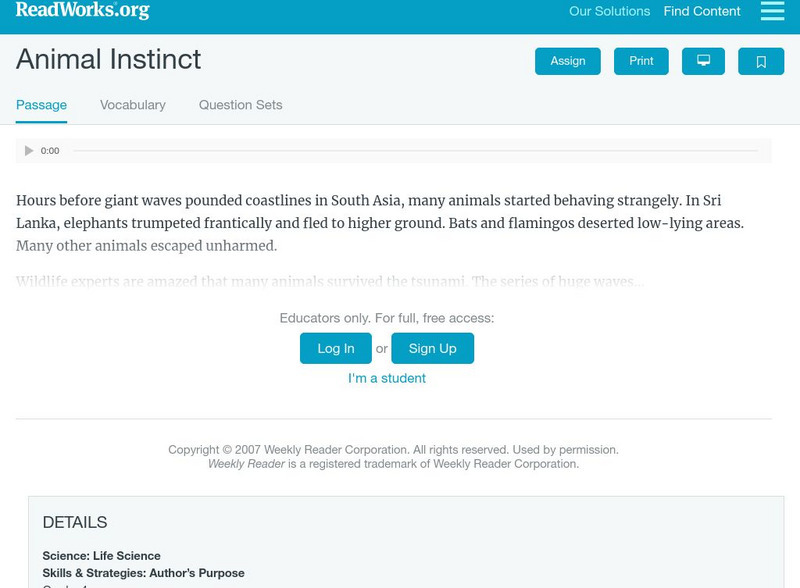

![Noaa: Ncdc: Hurricane Katrina Information [Pdf] Activity Noaa: Ncdc: Hurricane Katrina Information [Pdf] Activity](https://d15y2dacu3jp90.cloudfront.net/images/attachment_defaults/resource/large/FPO-knovation.png)
